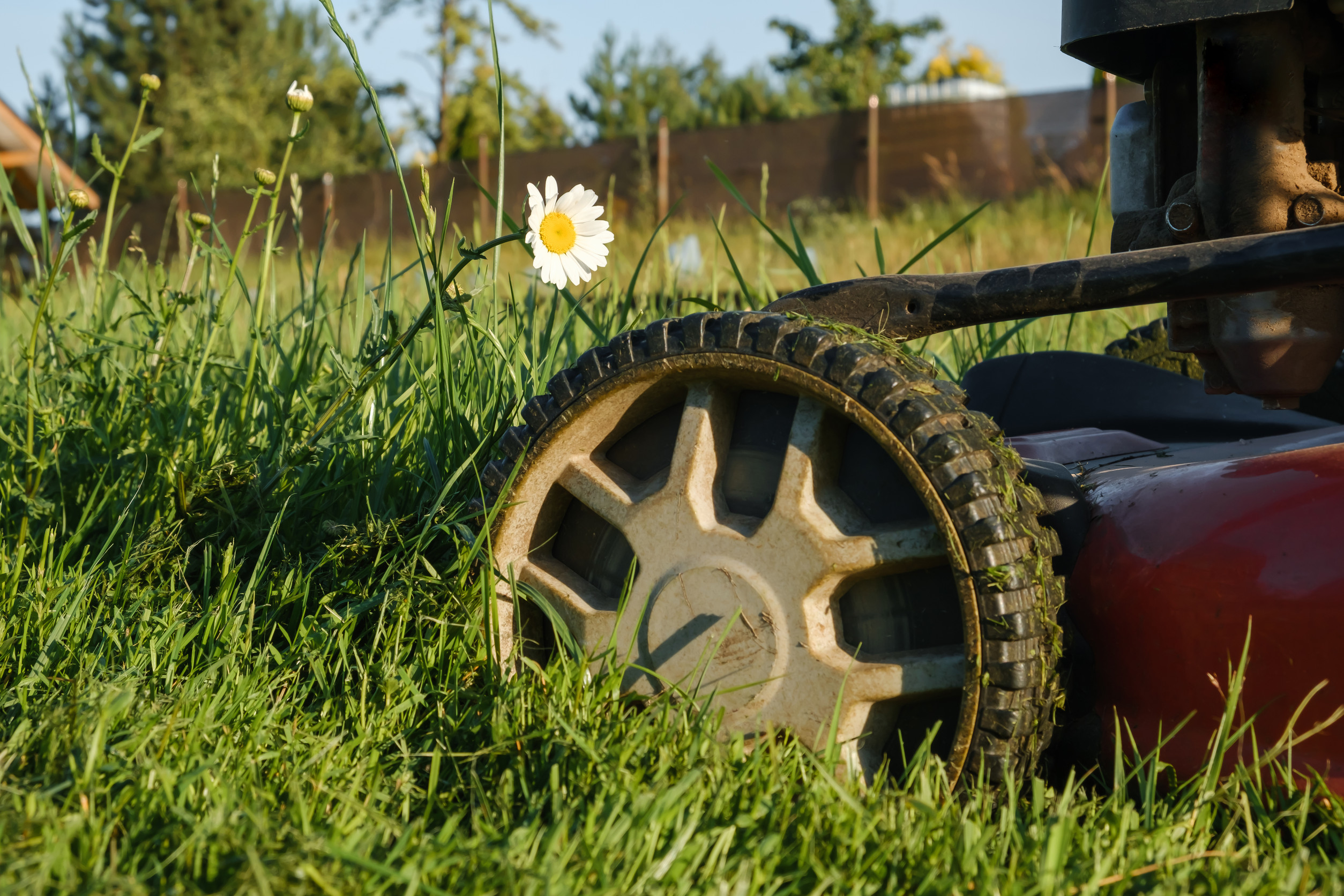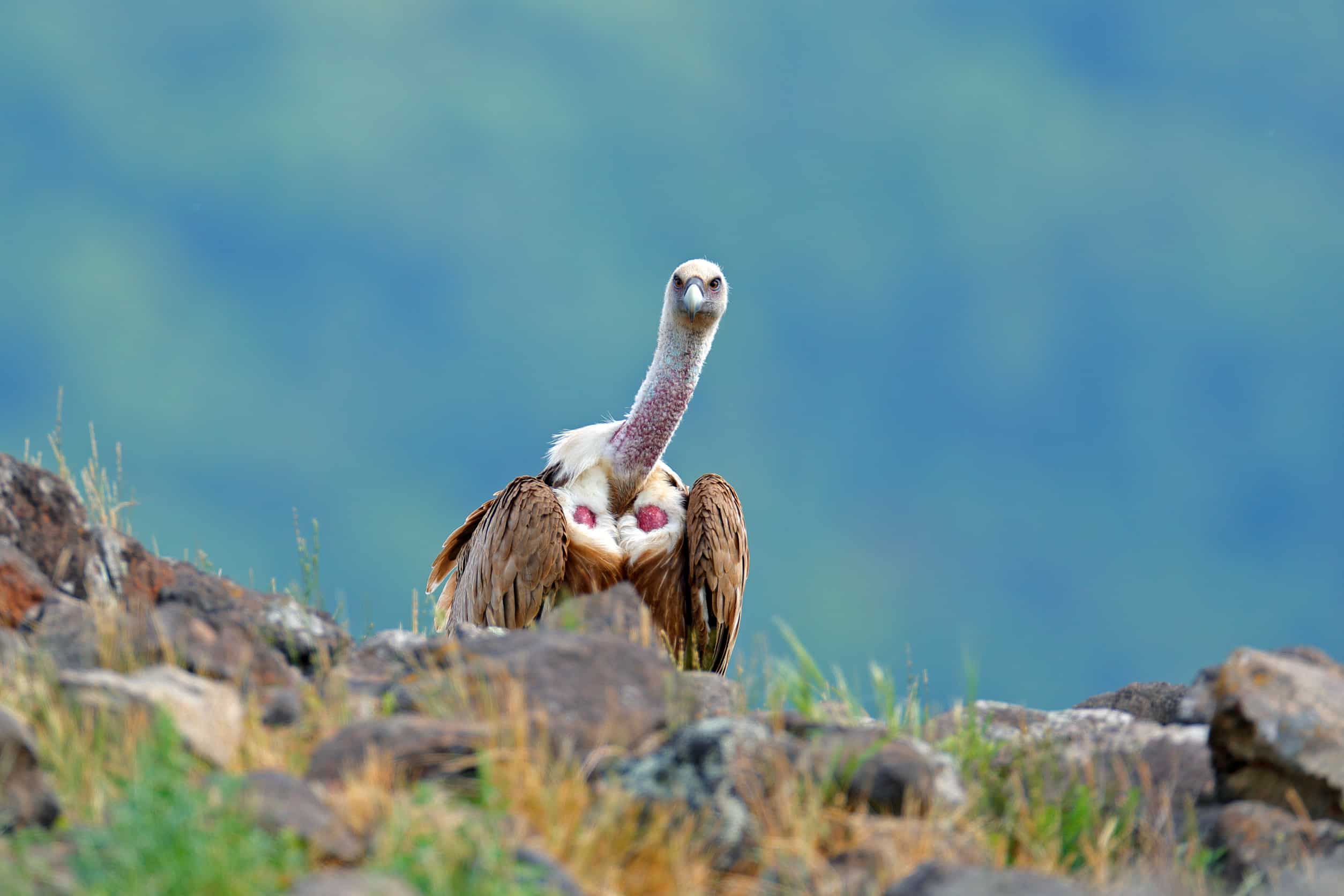Image Credit: annazdasiuk/123rf.com
A grassroots conservation initiative known as No Mow May is gaining traction across North America, encouraging homeowners to refrain from mowing their lawns during the month of May to support early-season pollinators like bees. This campaign, which originated in 2020, aims to allow pollinators to access the wildflowers that naturally sprout in untended lawns, such as dandelions and violets.
With one in four native bee species in North America facing the threat of extinction, efforts to protect these vital pollinators are increasingly urgent. Environmental advocates highlight that participating in No Mow May can benefit endangered species, including the queen rusty patched bumble bee, which emerges in spring.
Despite its popularity, experts caution that the initiative has its complexities. Proponents argue that No Mow May is accessible and cost-free, allowing individuals from various backgrounds to contribute to pollinator conservation. Research indicates that lawns can serve as habitats for bees, with studies showing diverse bee populations thriving in herbicide-free lawns.
However, some critics point out that letting grass grow unchecked can hinder bees’ access to low-growing flowers. Additionally, the aesthetic of unkempt lawns may not appeal to everyone, and the original study supporting the campaign has faced scrutiny and retraction. Experts emphasize that while No Mow May raises awareness and fosters community discussions about pollinator conservation, it should not be seen as a comprehensive solution.
For those looking to participate, experts recommend several strategies. Educating neighbors about the initiative can help alleviate concerns about unmaintained lawns. Checking local regulations regarding grass height is also advised to avoid potential fines. Gradually returning lawns to their normal state after May and adjusting the no-mow period based on local flowering patterns can further enhance the initiative’s effectiveness.
For those who prefer a tidier approach, alternative options include Low Mow May, where homeowners mow less frequently, and Slow Mow Summer, which promotes higher mowing heights throughout the summer months to maintain consistent food sources for pollinators.
Ultimately, No Mow May serves as a stepping stone toward broader conservation efforts. In places like Livingston, Montana, the initiative has inspired additional actions such as planting native wildflowers and reducing pesticide use, emphasizing the importance of transforming urban spaces into supportive habitats for pollinators.
Check out the original article here: Source link



